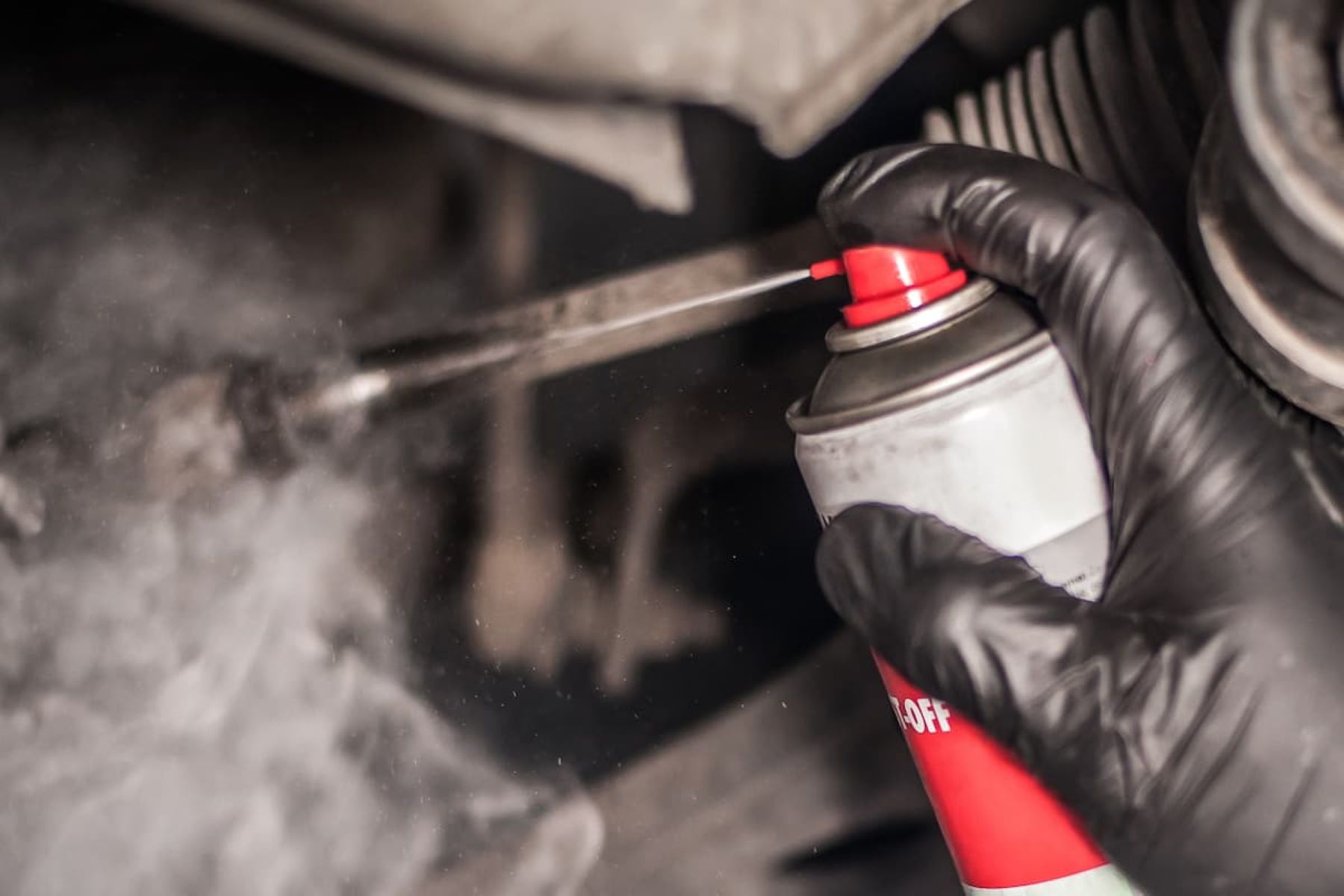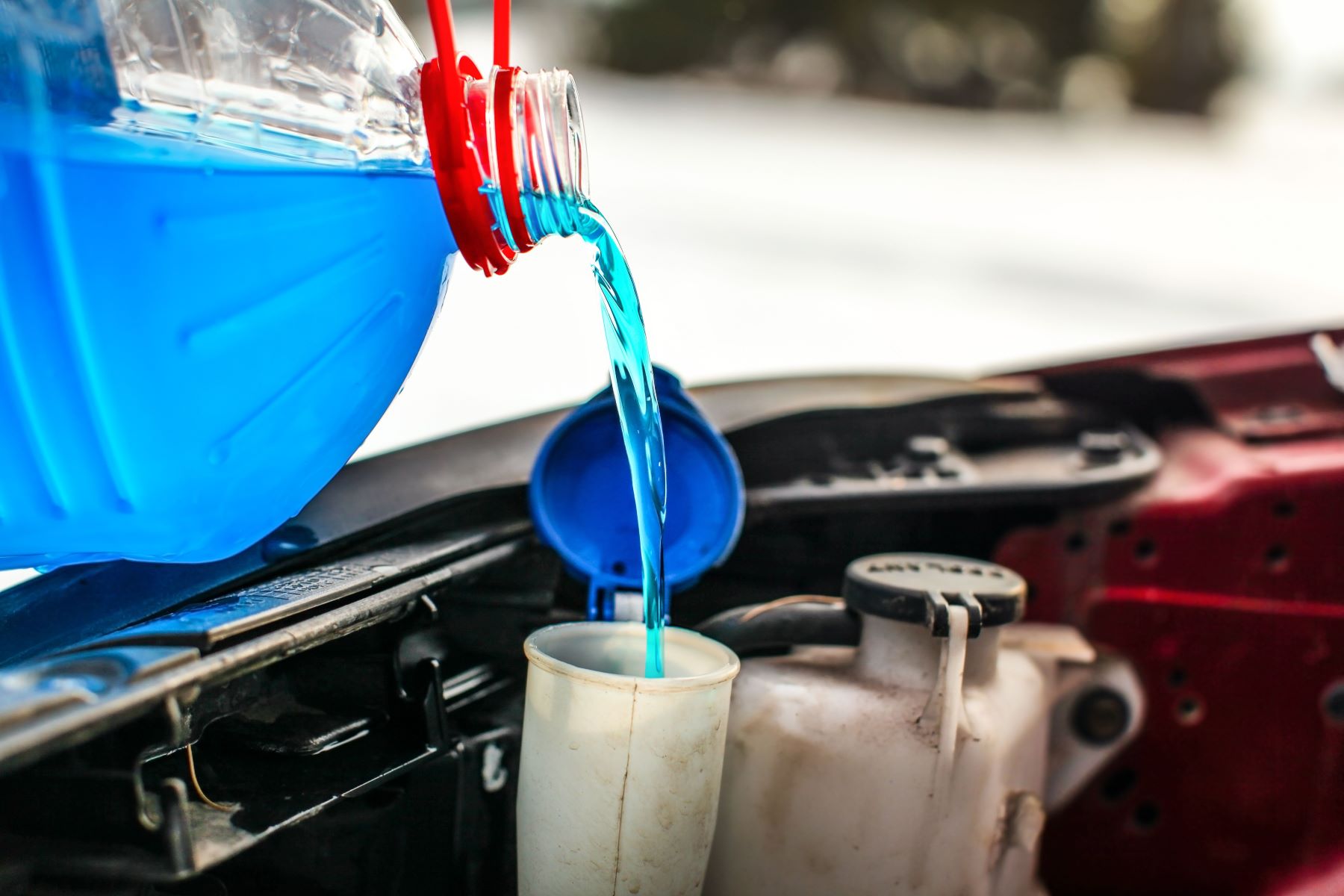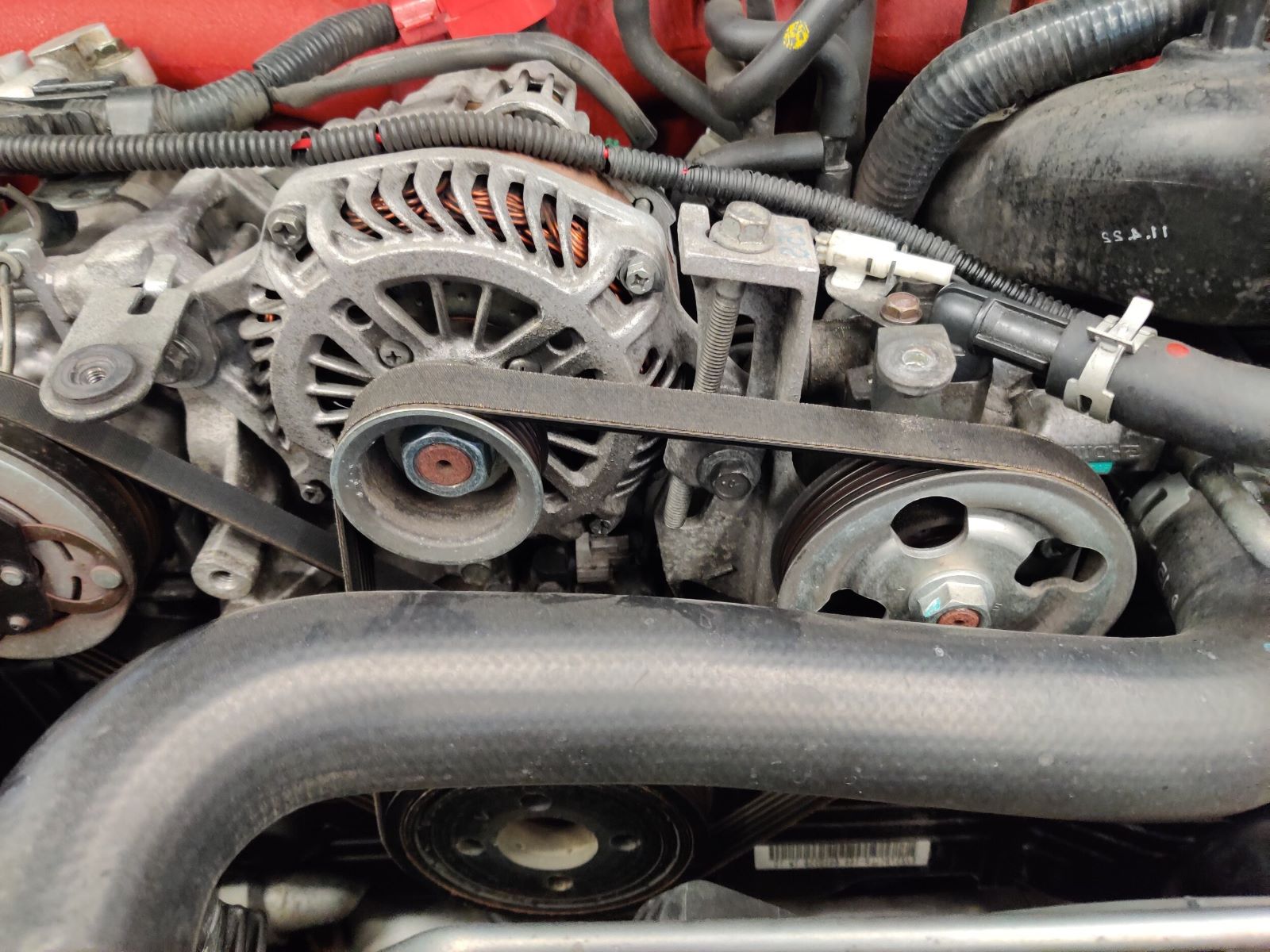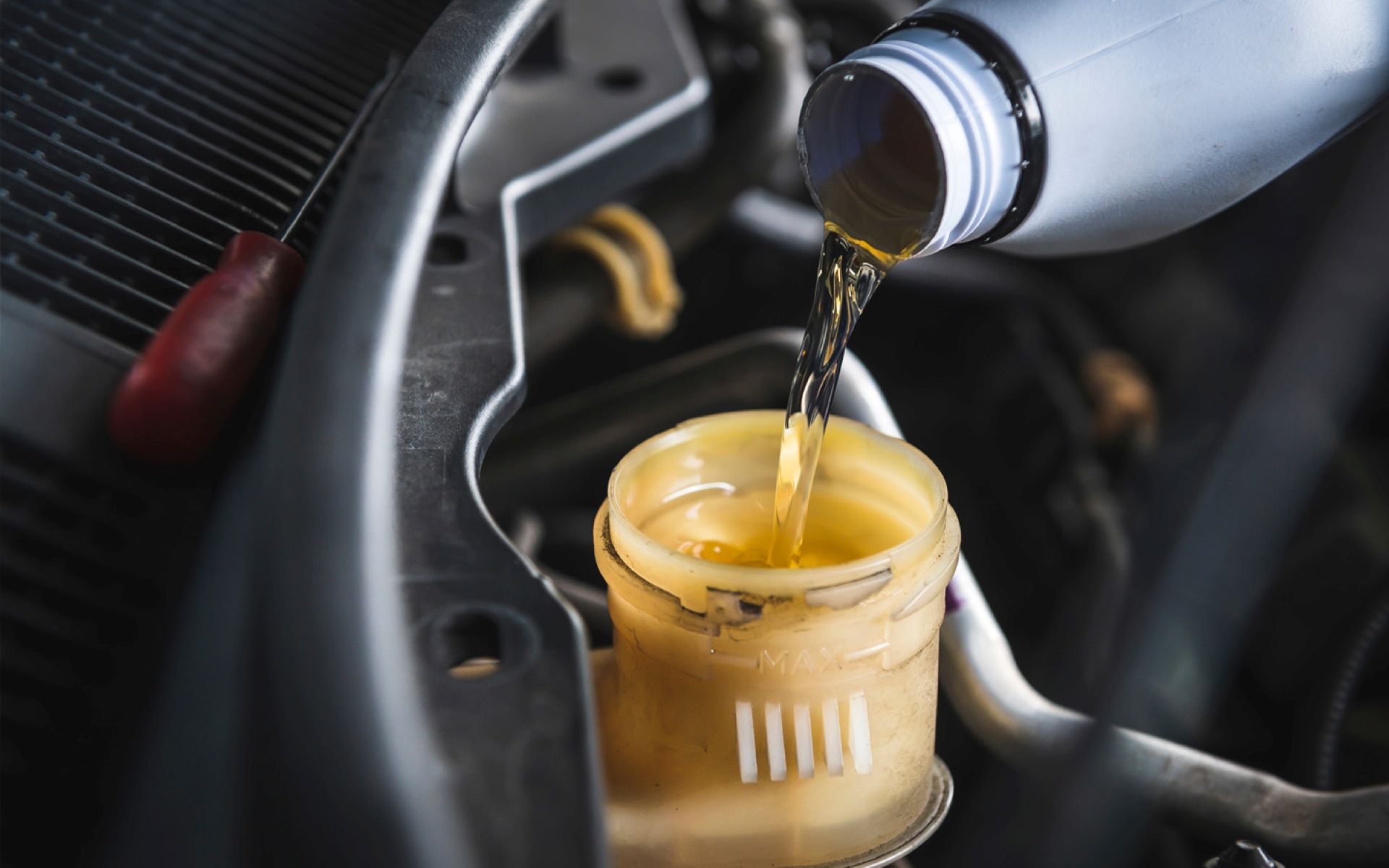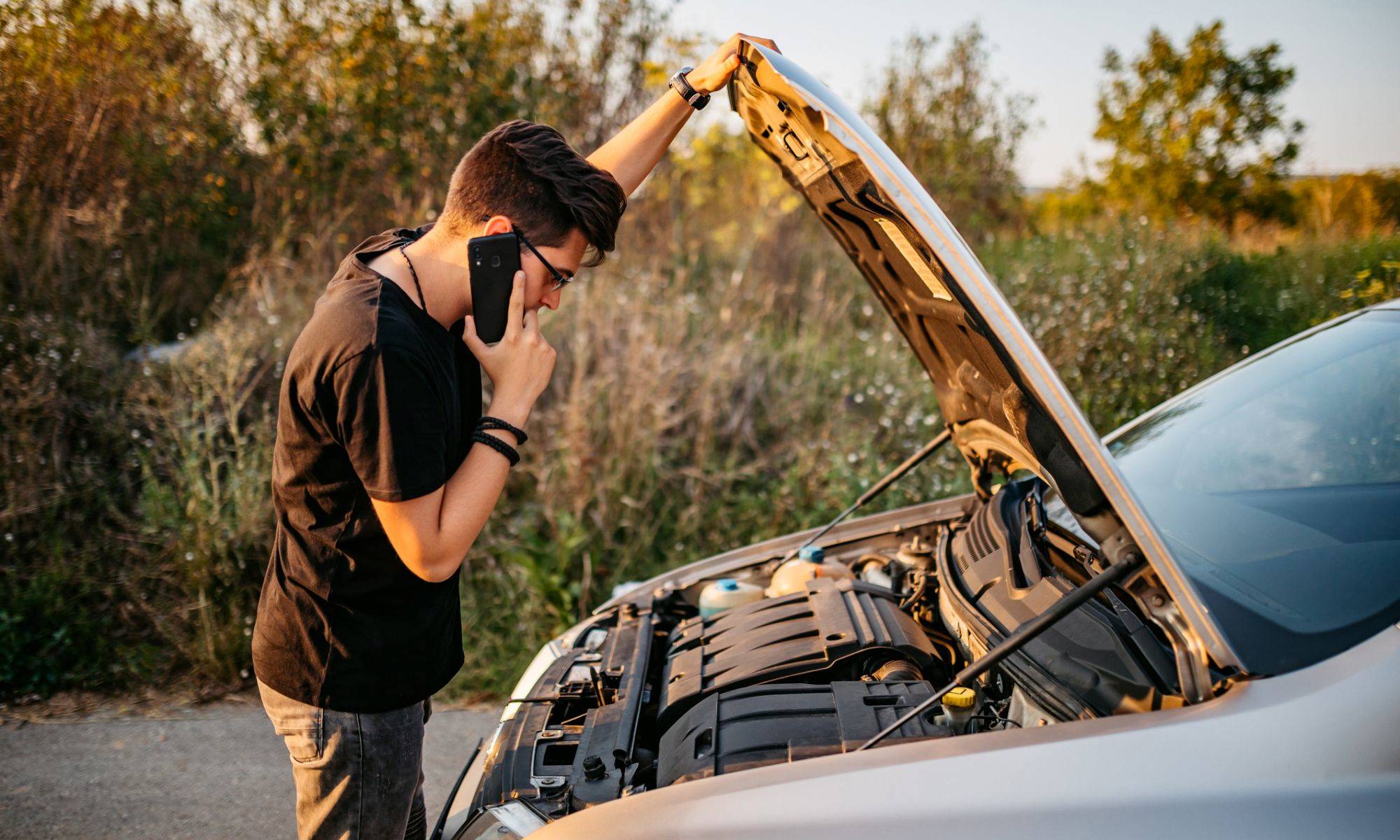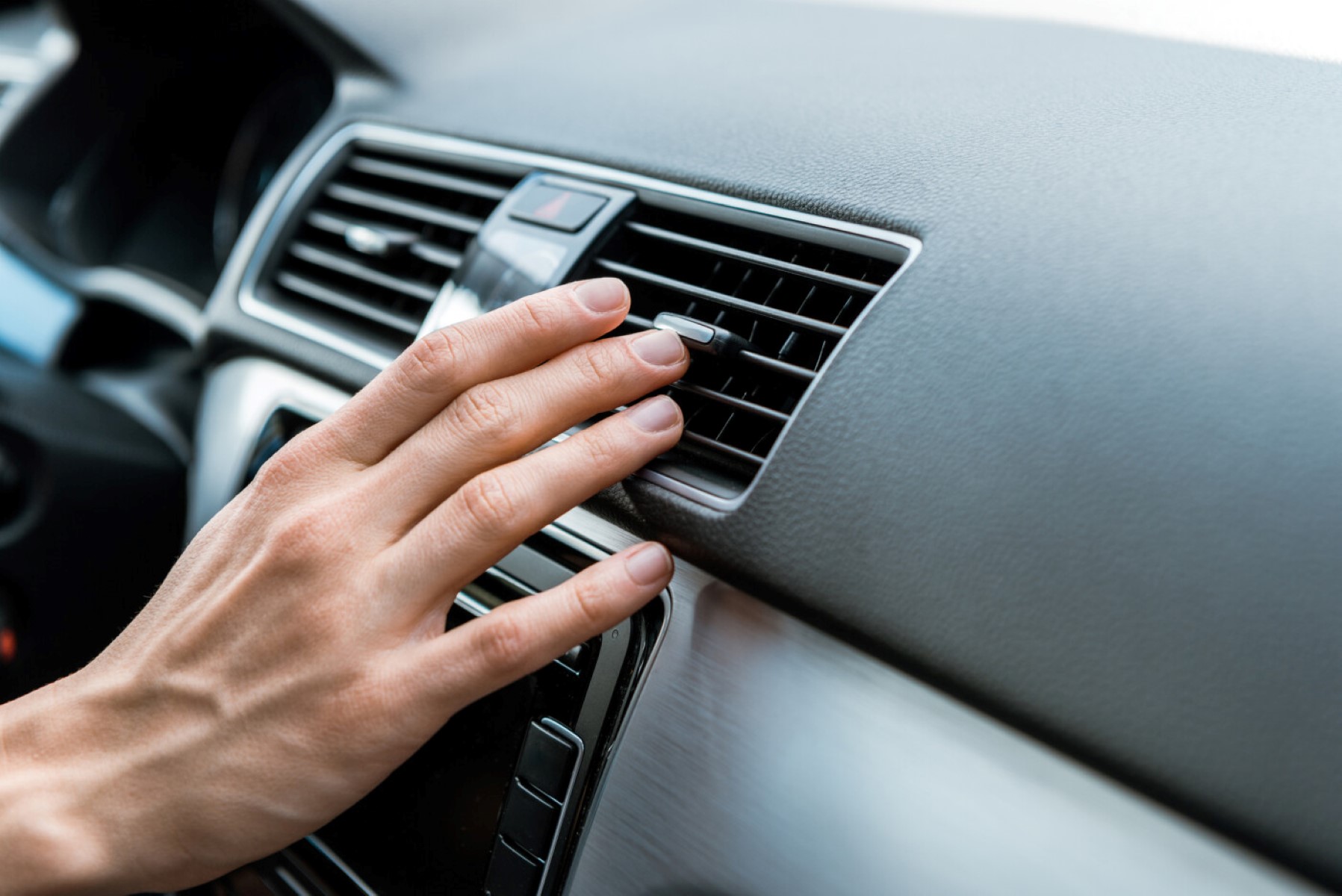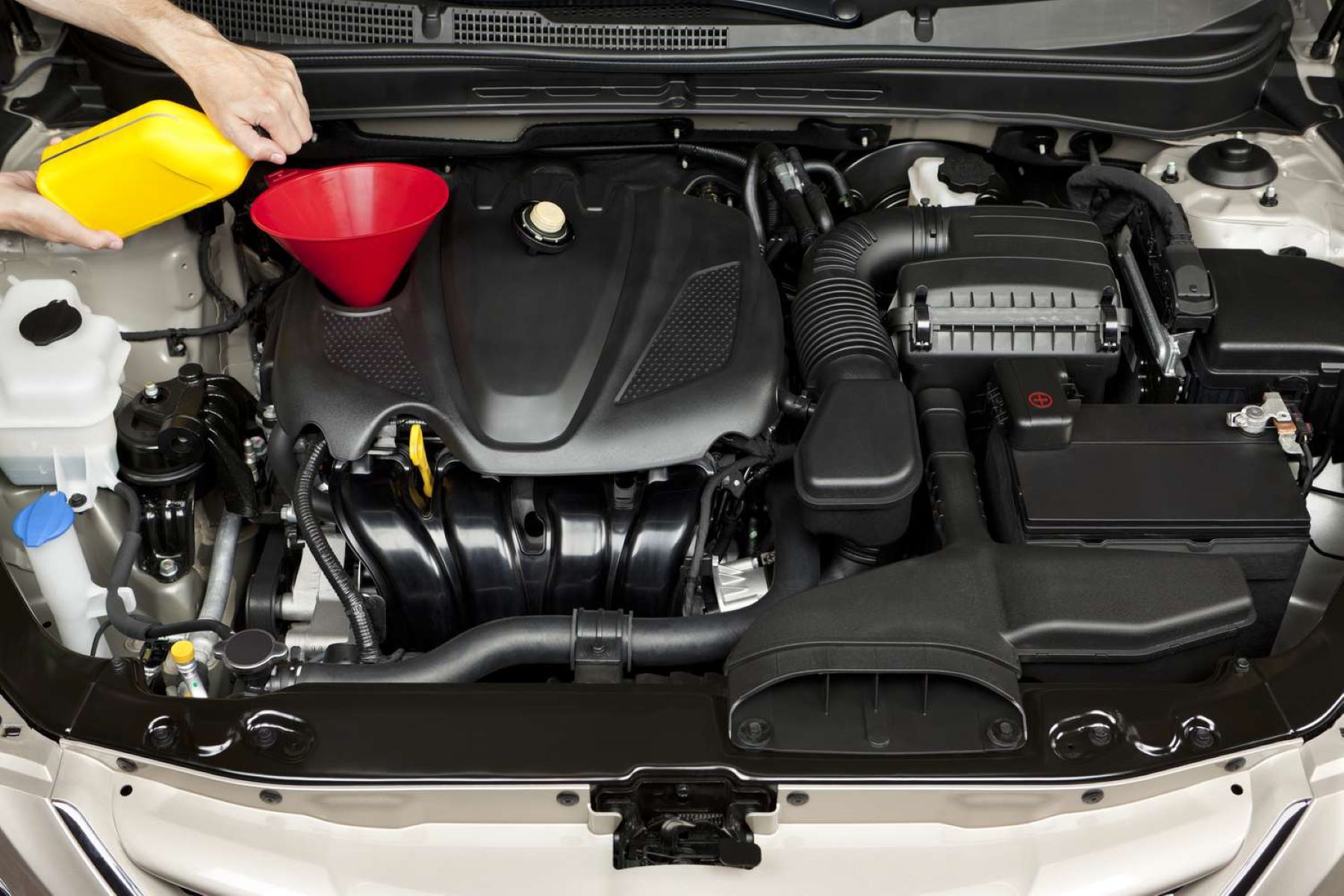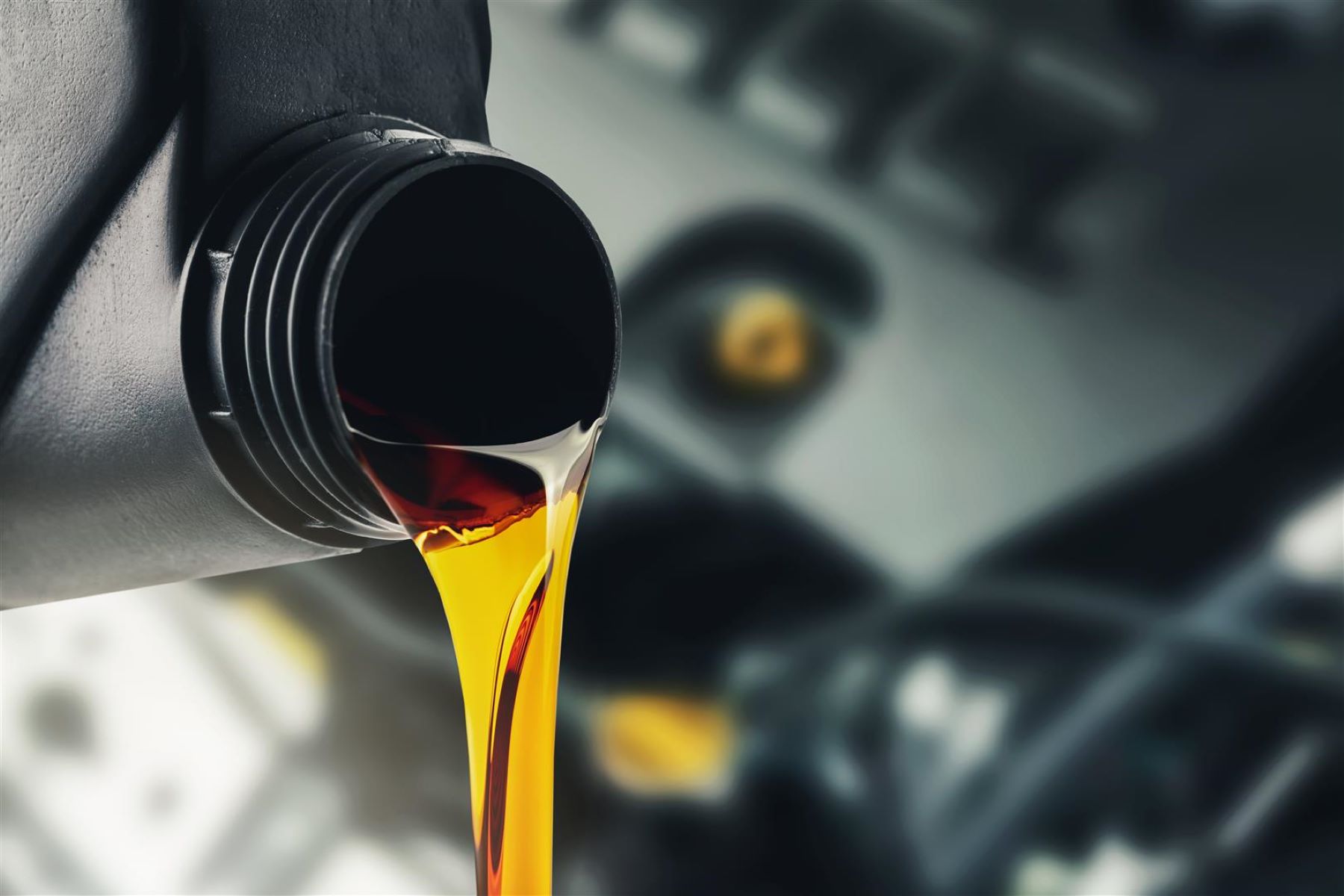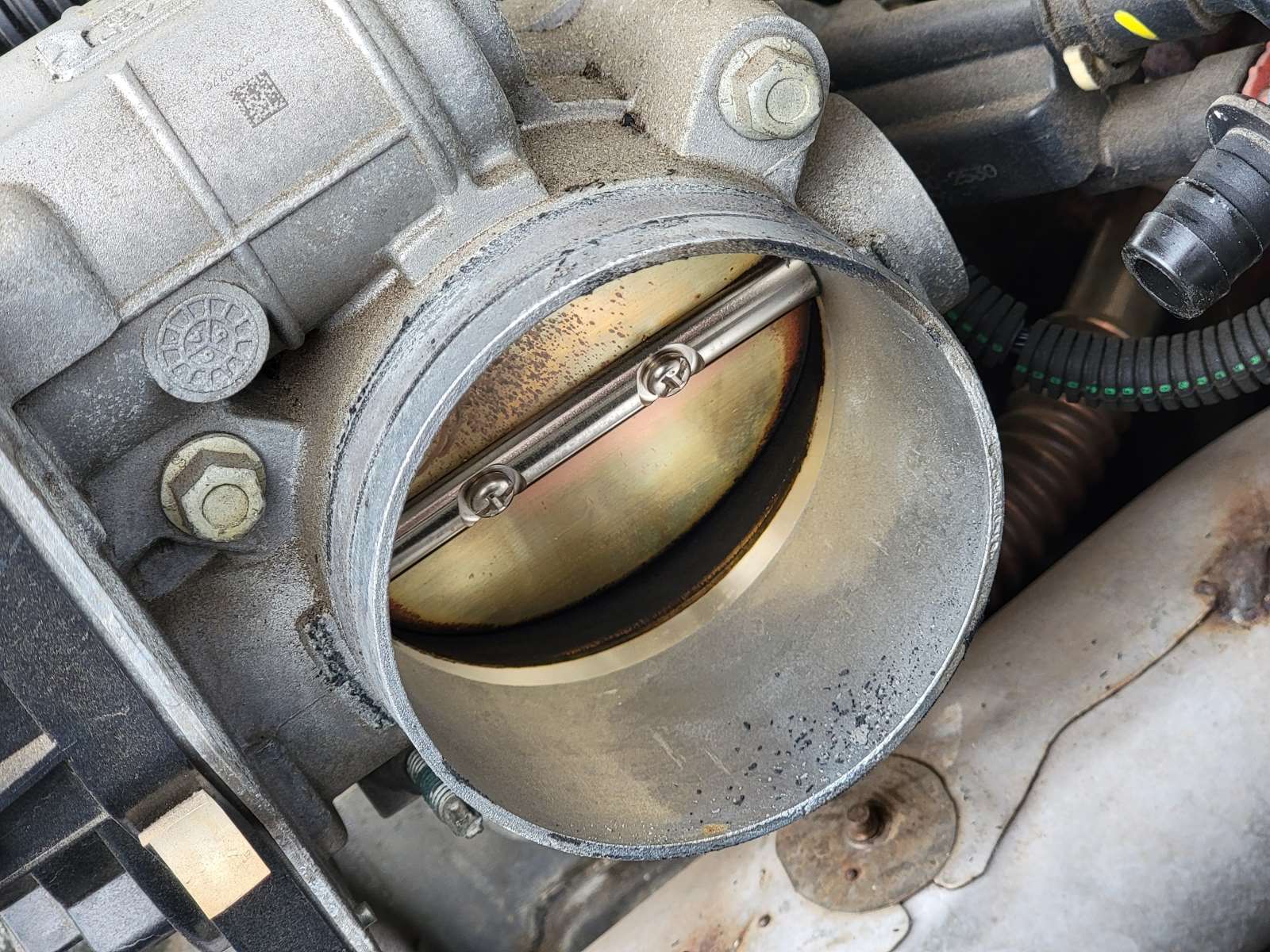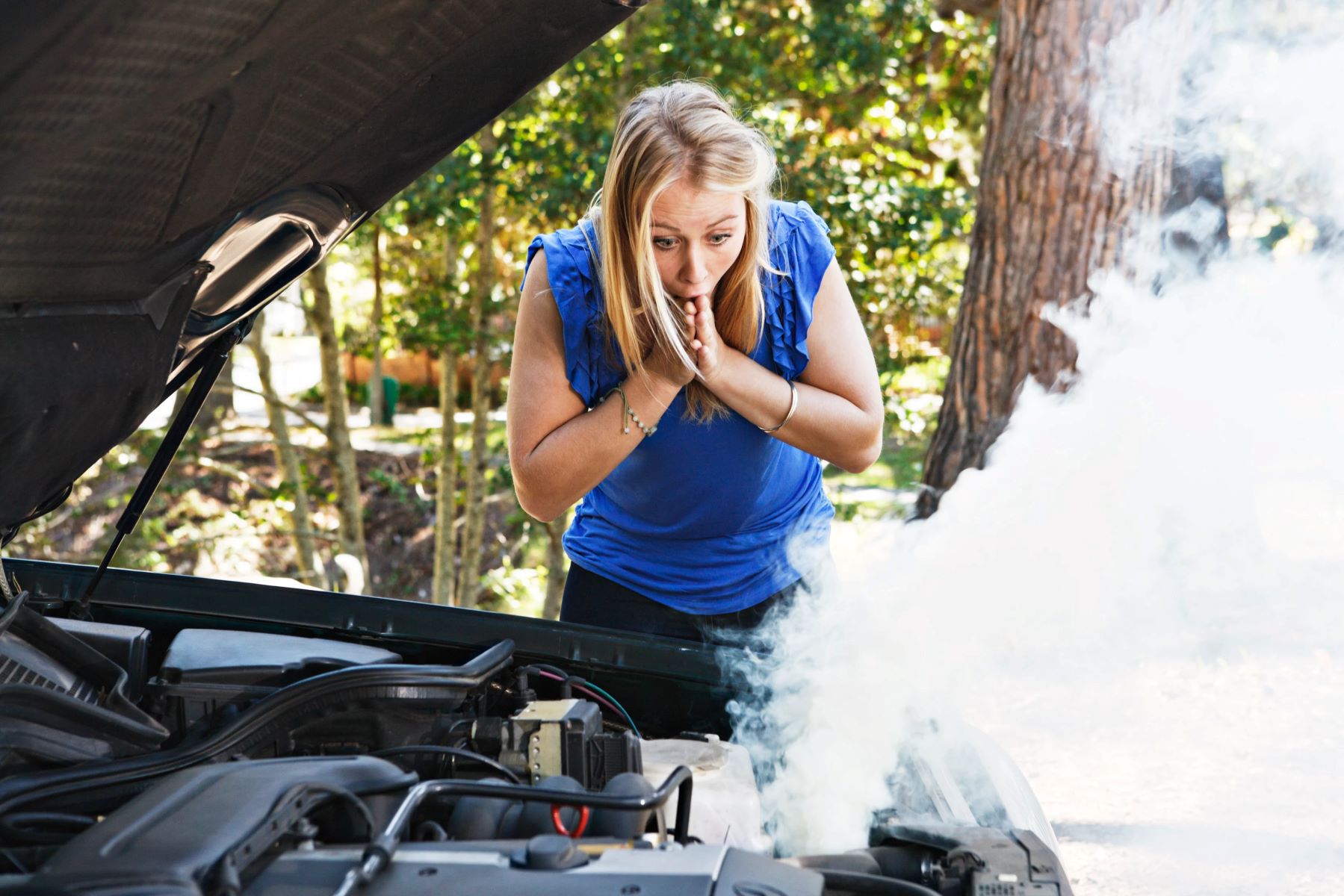Home>Automotive>Top 5 Surprising Reasons Your Car Is Leaking Power Steering Fluid
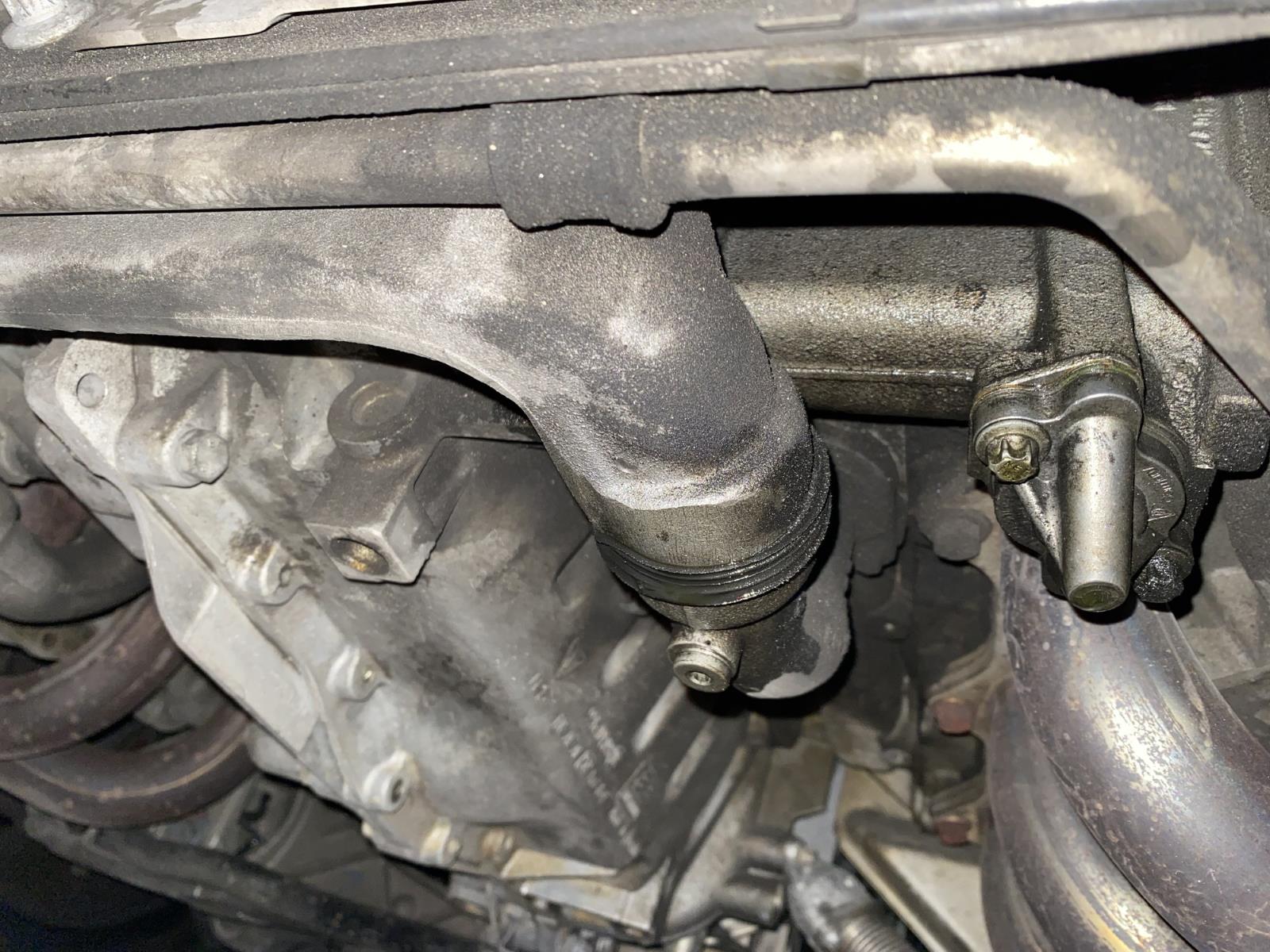

Automotive
Top 5 Surprising Reasons Your Car Is Leaking Power Steering Fluid
Published: January 22, 2024
Discover the top 5 surprising reasons why your car may be leaking power steering fluid. Get expert advice and solutions to keep your automotive system in top condition.
(Many of the links in this article redirect to a specific reviewed product. Your purchase of these products through affiliate links helps to generate commission for Regretless.com, at no extra cost. Learn more)
Table of Contents
Introduction
When it comes to the smooth operation of your vehicle, the power steering system plays a pivotal role in ensuring effortless steering control. However, if you've noticed patches of reddish-brown fluid accumulating beneath your car, it could be a sign of a power steering fluid leak. This issue not only compromises the performance of your vehicle but also poses potential safety hazards.
In this article, we'll delve into the top 5 surprising reasons why your car may be leaking power steering fluid. Understanding these underlying causes can help you take proactive measures to address the problem, prevent further damage, and maintain the optimal functionality of your power steering system.
So, buckle up and join us as we uncover the common culprits behind power steering fluid leaks, empowering you with the knowledge to keep your vehicle in top-notch condition.
Read more: How To Check Power Steering Fluid
Old or Damaged Power Steering Hoses
The power steering system in your car relies on a network of hoses to transfer the hydraulic fluid, enabling the seamless transmission of steering input from the wheel to the steering mechanism. Over time, these hoses can deteriorate due to age, exposure to heat, and constant pressure, leading to potential leaks.
One of the primary causes of power steering fluid leaks is the presence of old or damaged hoses. These hoses are typically constructed from a combination of rubber and metal, designed to withstand the high-pressure demands of the power steering system. However, as the miles add up and the years go by, the rubber components can degrade, becoming brittle and prone to cracking. This deterioration can be exacerbated by exposure to extreme temperatures and environmental elements, such as road debris and contaminants.
When these hoses become compromised, they are susceptible to developing small fissures or larger ruptures, allowing the power steering fluid to escape. The telltale signs of a leak stemming from old or damaged hoses include visible wetness or dampness around the hose connections, as well as a gradual decline in power steering fluid levels.
It's important to note that addressing this issue promptly is crucial, as a significant loss of power steering fluid can lead to diminished steering responsiveness, making it more challenging to maneuver your vehicle, especially at lower speeds or when parking. Moreover, the leaked fluid can create a hazardous situation by reducing the traction of the tires on the road surface.
To mitigate the risk of power steering fluid leaks caused by old or damaged hoses, regular inspections are essential. During routine maintenance or when checking the fluid levels, visually inspect the power steering hoses for any signs of wear, cracking, or deterioration. Additionally, be mindful of any changes in steering performance or the presence of fluid beneath your vehicle, as these could indicate a potential issue with the hoses.
In the event that old or damaged hoses are identified as the source of the power steering fluid leak, it's imperative to replace them promptly with high-quality, compatible replacements. By investing in new hoses and ensuring their proper installation, you can safeguard the integrity of your power steering system, restoring optimal steering functionality and minimizing the risk of fluid leaks.
As we unravel the surprising reasons behind power steering fluid leaks, it's evident that addressing issues such as old or damaged hoses is vital for maintaining the safety and performance of your vehicle. Stay tuned as we explore additional factors that could contribute to this common automotive concern.
Worn Out or Loose Hose Clamps
In the intricate network of the power steering system, hose clamps play a crucial role in securing the connections between the hoses and the various components, such as the power steering pump and the steering rack. These clamps are designed to provide a tight and reliable seal, preventing the escape of pressurized power steering fluid. However, over time, the constant exposure to heat, pressure, and mechanical stress can lead to the deterioration of these essential components, potentially resulting in power steering fluid leaks.
Worn-out or loose hose clamps represent a common yet often overlooked culprit behind power steering fluid leaks. As these clamps age, the metal components can weaken, leading to a reduction in clamping force and compromising the integrity of the connections. Additionally, the rubber or plastic inserts within the clamps, which provide cushioning and support to the hoses, may degrade, resulting in a loosened grip on the hose connections.
When hose clamps become worn out or loose, they can allow small amounts of power steering fluid to seep through the connections, gradually manifesting as visible leaks beneath the vehicle. These leaks may initially appear as minor drips or seepage, often overlooked during routine inspections. However, over time, the fluid loss can accumulate, leading to a noticeable decline in power steering fluid levels and potential performance issues.
Identifying worn-out or loose hose clamps as the source of power steering fluid leaks necessitates a meticulous inspection of the clamping components. During routine maintenance or when troubleshooting fluid leaks, closely examine the condition of the hose clamps, paying attention to any signs of corrosion, deformation, or slackening. Additionally, observe the areas around the hose connections for evidence of fluid accumulation or dampness, indicative of potential leaks stemming from compromised clamps.
Addressing this issue requires proactive measures to replace the worn-out or loose hose clamps with new, high-quality alternatives. By selecting clamps that are specifically designed for power steering applications and ensuring a secure and snug fit, you can effectively fortify the connections within the power steering system, mitigating the risk of fluid leaks and preserving the optimal functionality of this critical automotive subsystem.
As we unravel the surprising reasons behind power steering fluid leaks, the impact of worn-out or loose hose clamps on the integrity of the power steering system becomes increasingly apparent. Stay tuned as we delve into additional factors contributing to this common automotive concern, equipping you with valuable insights to uphold the reliability and performance of your vehicle's power steering system.
Cracked or Damaged Power Steering Pump
The power steering pump serves as the heart of the power steering system, generating the hydraulic pressure necessary to facilitate smooth and effortless steering control. However, the robust functionality of this essential component can be compromised by the presence of cracks or damage, giving rise to potential power steering fluid leaks.
Cracks or damage to the power steering pump can stem from a variety of factors, including prolonged exposure to high operating temperatures, mechanical stress, or the accumulation of debris and contaminants within the system. Over time, these stressors can contribute to the development of fissures or fractures in the pump housing, as well as the deterioration of internal seals and components, leading to fluid seepage and leaks.
Identifying a cracked or damaged power steering pump as the source of fluid leaks necessitates a thorough assessment of the pump assembly. During routine maintenance or when troubleshooting power steering issues, closely inspect the exterior of the pump for any visible cracks, particularly around the housing and mounting points. Additionally, pay attention to any signs of fluid residue or dampness in the vicinity of the pump, indicative of potential leaks originating from compromised areas.
Upon confirming the presence of cracks or damage, prompt action is imperative to address this issue effectively. Replacement of the damaged power steering pump with a high-quality, compatible unit is essential to restore the integrity of the system and prevent further fluid leaks. Furthermore, ensuring the proper installation of the new pump, including the secure connection of hoses and fittings, is crucial in safeguarding the functionality of the power steering system.
By addressing the issue of a cracked or damaged power steering pump, you can mitigate the risk of fluid leaks and uphold the optimal performance of your vehicle's steering mechanism. This proactive approach not only enhances the safety and reliability of your driving experience but also contributes to the longevity and efficiency of the power steering system.
As we continue to explore the surprising reasons behind power steering fluid leaks, the impact of a cracked or damaged power steering pump underscores the importance of proactive maintenance and timely interventions to uphold the integrity of this critical automotive subsystem. Stay tuned as we delve into additional factors contributing to this common automotive concern, equipping you with valuable insights to maintain the optimal functionality of your vehicle's power steering system.
Leaking Power Steering Rack and Pinion
The power steering rack and pinion assembly is a fundamental component of the power steering system, responsible for translating the rotational motion of the steering wheel into the lateral movement necessary to steer the vehicle. However, this critical mechanism can be susceptible to leaks, posing a significant risk to the optimal functionality of the power steering system.
A common culprit behind power steering fluid leaks is the presence of a compromised power steering rack and pinion. This essential assembly consists of a rack, which is a linear gear, and a pinion, a small gear connected to the steering shaft. Together, they form a mechanism that converts the rotational motion of the steering wheel into the linear motion required to steer the vehicle.
The occurrence of leaks within the power steering rack and pinion can be attributed to several factors, including wear and tear, seal degradation, and the accumulation of debris and contaminants. Over time, the internal seals within the rack and pinion assembly may deteriorate, leading to the escape of power steering fluid. Additionally, the constant exposure to high-pressure hydraulic fluid and mechanical stress can contribute to the development of cracks or fissures in the rack housing, further exacerbating the potential for fluid leaks.
Identifying a leaking power steering rack and pinion necessitates a comprehensive inspection of the assembly. During routine maintenance or when troubleshooting power steering issues, it is essential to closely examine the rack and pinion for any signs of fluid seepage, dampness, or visible damage. Additionally, paying attention to changes in steering responsiveness, such as increased steering effort or fluid leaks beneath the vehicle, can provide valuable indicators of potential issues within the rack and pinion assembly.
Addressing this issue requires proactive measures to rectify the source of the leaks within the power steering rack and pinion. In cases where seal degradation or internal damage is identified, seeking professional assistance for the repair or replacement of the rack and pinion assembly is crucial. By ensuring the installation of a high-quality, compatible replacement unit and the proper alignment of the assembly, the integrity of the power steering system can be effectively restored, mitigating the risk of fluid leaks and preserving the optimal steering functionality of the vehicle.
By acknowledging and addressing the issue of a leaking power steering rack and pinion, you can uphold the safety, performance, and reliability of your vehicle's power steering system. This proactive approach not only enhances the driving experience but also contributes to the longevity and efficiency of this critical automotive subsystem.
As we continue to unravel the surprising reasons behind power steering fluid leaks, the impact of a compromised power steering rack and pinion underscores the importance of proactive maintenance and timely interventions to uphold the integrity of the power steering system. Stay tuned as we delve into additional factors contributing to this common automotive concern, equipping you with valuable insights to maintain the optimal functionality of your vehicle's power steering system.
Overfilled Power Steering Fluid Reservoir
The power steering fluid reservoir serves as a vital component within the power steering system, acting as a storage vessel for the hydraulic fluid that facilitates seamless steering control. However, an often overlooked yet surprising reason behind power steering fluid leaks is the overfilling of the reservoir. This seemingly innocuous issue can have significant repercussions, impacting the performance and integrity of the power steering system.
When the power steering fluid reservoir is overfilled, it can lead to excessive pressure within the system, causing the fluid to escape through various points, such as seals, hoses, or connections. This unintended overpressurization can result in fluid leaks, manifesting as visible seepage beneath the vehicle or a gradual decline in fluid levels over time.
Identifying an overfilled power steering fluid reservoir as the source of fluid leaks necessitates a meticulous assessment of the fluid levels and conditions within the reservoir. During routine maintenance or when troubleshooting power steering issues, it is essential to verify the fluid level according to the manufacturer's specifications, ensuring that it falls within the designated range. Additionally, observing any signs of fluid overflow or seepage around the reservoir can provide valuable indicators of potential overfilling.
Addressing this issue requires a proactive approach to rectify the overfilled reservoir and mitigate the risk of fluid leaks. If an overfilled condition is identified, carefully remove the excess fluid to restore the proper level, following the recommended procedures outlined in the vehicle's manual. By attaining the optimal fluid level, the pressure within the power steering system can be regulated, reducing the likelihood of leaks and preserving the functionality of the system.
By acknowledging and addressing the issue of an overfilled power steering fluid reservoir, you can uphold the safety, performance, and reliability of your vehicle's power steering system. This proactive approach not only enhances the driving experience but also contributes to the longevity and efficiency of this critical automotive subsystem.
As we continue to unravel the surprising reasons behind power steering fluid leaks, the impact of an overfilled power steering fluid reservoir underscores the importance of proactive maintenance and timely interventions to uphold the integrity of the power steering system. Stay tuned as we delve into additional factors contributing to this common automotive concern, equipping you with valuable insights to maintain the optimal functionality of your vehicle's power steering system.
